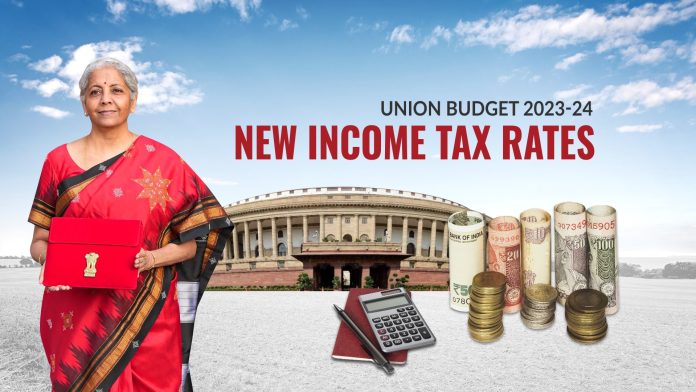India’s vision for the Amrit Kaal includes a technology-driven and knowledge-based economy with strong public finances, and a robust financial sector. The economic agenda for achieving this vision focuses on three things: facilitating ample opportunities for citizens, providing strong impetus to growth and job creation and strengthening macro-economic stability. Hence, the Budget presented by Nirmala Sitharaman, Minister of Finance, adopts the following seven priorities – Inclusive Development, Reaching the Last Mile, Infrastructure and Investment, Unleashing the Potential, Green Growth, Youth Power and Financial Sector.
The hike in capital expenditure outlay by 33 per cent to Rs 10 trillion is earmarked for key infrastructure and strategic Ministries such as Road Transport and Highways, Railways, Defence, etc. will lead in driving the Government’s focus and commitment to Four I’s – Infrastructure, Investment, Innovation and Inclusion in the next 25 years. The capital outlay was much needed to accelerate economic growth as the infrastructure sector is an engine having a multiplier effect across the entire ecosystem. The huge emphasis on capital expenditure could be the perfect recipe for a private investment cycle that is already visible.
A fiscal deficit is a difference between a government’s total revenue and expenses in a given fiscal year. Continuing the path of fiscal consolidation, the Government intends to bring the fiscal deficit below 4.5 per cent of GDP by 2025-26. Lowering the budget deficit can lead to lower levels of borrowing, low interest payments, and more investments, which will result in higher revenue during the following year.
The budget brings relief to millions of families who struggled during the Covid-19 pandemic and its aftermath of inflation by increasing the threshold limit of no tax up to an income of Rs. 7 lacs per year, thereby increasing disposable income that will significantly spur consumption.
Support for MSME and Agriculture will broaden credit growth. The total allocation for the MSME Ministry will see a nearly 42% increase. Move will enable additional collateral-free guaranteed credit of ₹2 lakh crore.
The gross GST revenue collected in Jan this year is Rs 1,55,922 crore. Soon the economic activities will realise the GST collection crossing two lakh crore.
The government removed the 2.75% basic customs duty on import of camera lens, along with removal of duties on inputs to parts of connectors in the budget. This will provide a much-needed boost and help us compete at a global level, leading to increased domestic manufacturing and exports of smartphones. Lithium-ion batteries, Camera lenses for phones, laptops, and DSLRs, Electric kitchen chimney, Parts of TV panels will get cheaper.
The Budget has earmarked Rs 8,083 crore for production linked incentive schemes. The bulk of the money of Rs 4,499 crore is for large scale electronics manufacturing which includes flagship mobile devices. PLI for Auto and Auto Components an amount of Rs 604 crore has been allotted for auto and auto components in the Budget.
Overall, the budget is forward looking and will support an inclusive economy. The budget shows not only the kind of policy support that is necessary for the economy but also strengthens the strategic foundations for India’s long-term growth. We are witnessing three major transformations globally: rapid digital adoption, the rebalancing of supply chains, and environmental sustainability. This budget helps position India to play a leading role in all three transformations.
India under Narender Modi as a global leader has emerged as a global power on the world stage and is commanding a place and honour, which is well deserved.
Lastly, India was one of the largest economies in the world, for about two and a half millennia starting around the end of 1st millennium BC and ending around the beginning of British rule in India. This growth trajectory has been set for decades to come. In the next 25 years India has the capacity to retain the status of old glory of the ‘Golden Bird’.








